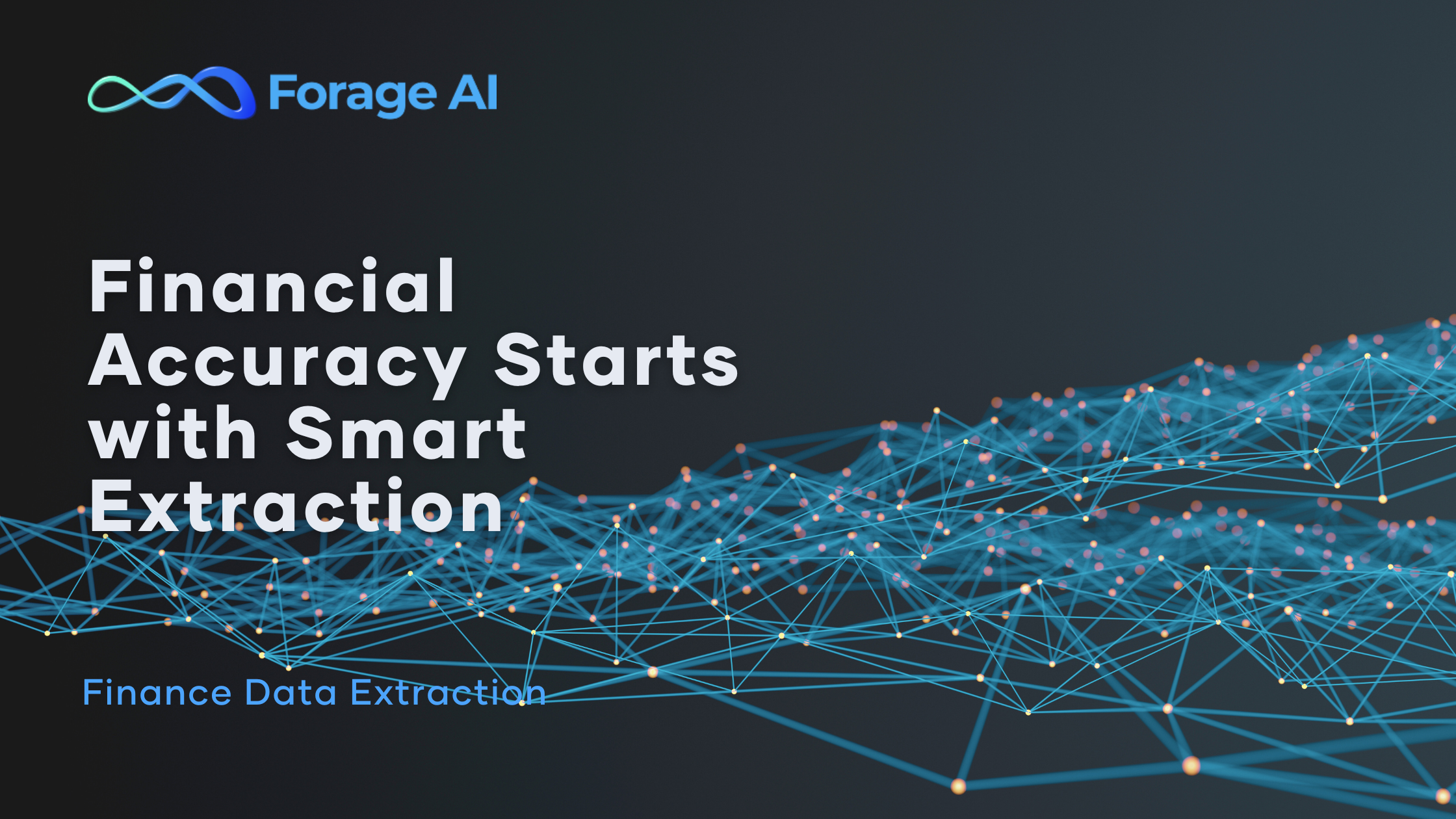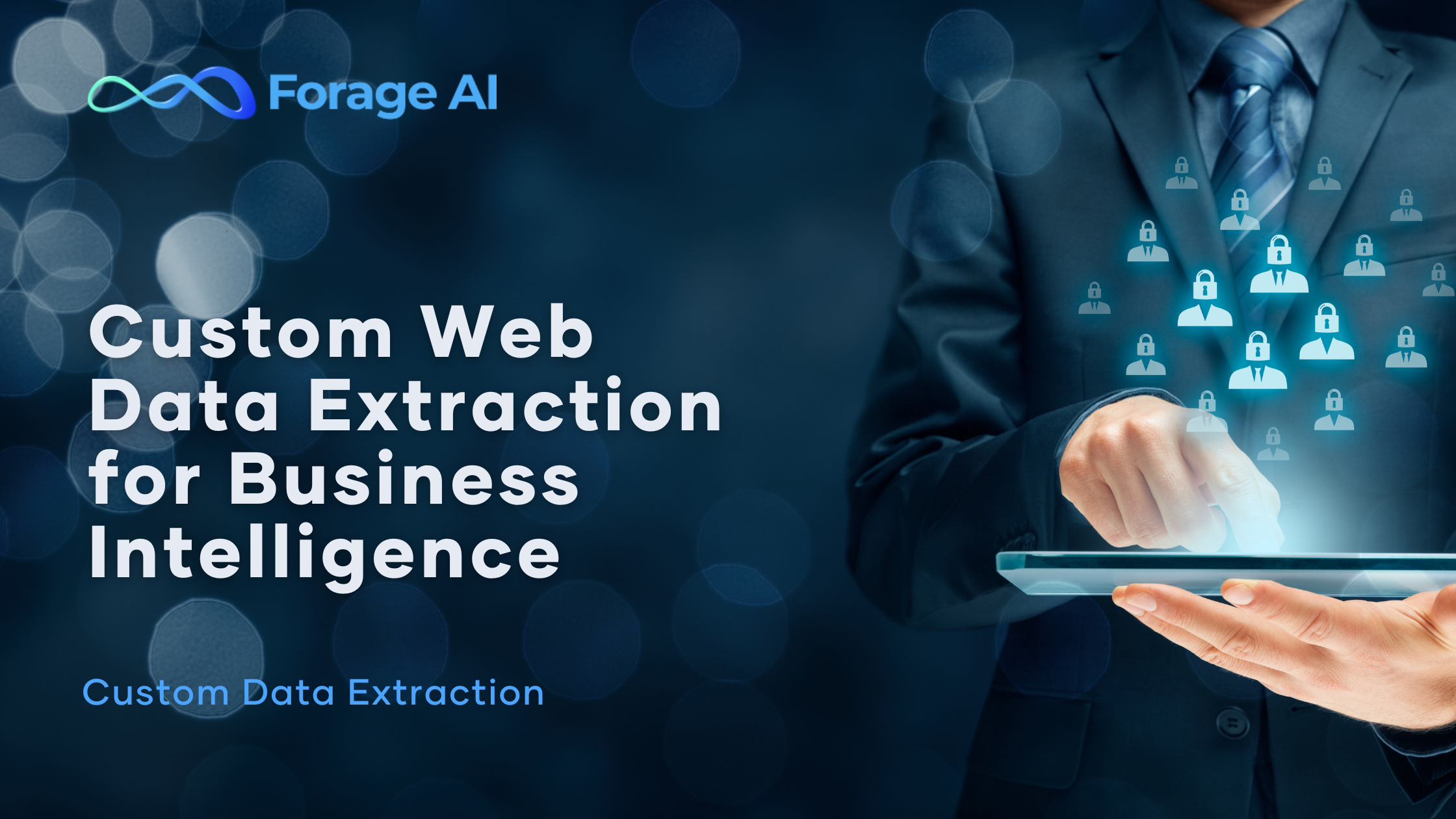Introduction
The digital era demands businesses to harness large data volumes efficiently. Technologies like Data-as-a-Service (DaaS) highlight the power of information. DaaS is crucial, especially in sectors such as news aggregation. News crawlers are crucial for accessing verified public news, detailing their practical implementation and the extensive organizational opportunities they enable.
Background
A news crawler collects news updates from online media outlets on Google search result pages. It also includes pulling public news information. This process uses tools called web crawlers to retrieve data from websites across the internet.
From a business perspective, news websites are treasure troves of essential public information. They offer extensive data covering various topics, including critiques of recent product launches, detailed reports on corporate financial performance, and important disclosures. These platforms offer comprehensive coverage across numerous sectors, including technology, finance, fashion, science, health, and politics, among others.
Key Points
This article will cover:
- Technical insights into how the pipeline works for news crawlers, including methodologies and features.
- Real-life use case scenarios highlighting the application of a news crawler.
- The benefits and advantages of using a news crawler.
- Challenges faced in the implementation of the pipeline.
- AI-powered news crawlers are getting better at collecting accurate data quickly. This helps us understand market trends and consumer behavior more effectively.
Technical Insights
A news crawler is crucial for accessing verified public news, detailing its implementation and organizational benefits. Automated data processing streamlines the aggregation process, utilizing advanced algorithms and APIs to ensure efficient data extraction and processing.
An effective pipeline is vital for purifying and processing gathered data. It manages thousands of search queries simultaneously across engines such as Google. It aligns with project-specific metadata keywords and assigns confidence levels to each article.
This significantly boosts the data’s accuracy and usefulness. Key features include expandability, real-time data processing, and seamless integration with existing systems, making this technology essential for enterprises seeking a competitive edge.
Use Cases
Aggregating Global Financial News
The systematic collection and consolidation of financial news from various global sources. Platforms employ advanced algorithms to scan and fetch news articles, reports, and updates globally, specifically targeting the financial sector. This process includes filtering through numerous news outlets, financial blogs, and reports to gather relevant information. By gathering news from diverse sources, the firm accesses varied perspectives and information. This dataset is crucial for understanding global finance, identifying regional trends, global affairs impacts, and sector-specific developments.
Reputation Monitoring
News crawling tools can alert organizations or individuals whenever they are mentioned in news articles or reports. These real-time updates enable them to swiftly identify both positive and negative press. Monitoring public discourse helps organizations maintain a favorable public image and address issues promptly.
Sentiment Analysis
Automated news content extraction enables applying sentiment determination to determine whether the coverage is positive, negative, or neutral.
Analyzing news sentiment offers valuable insights into public perception. This helps organizations optimize their communication and PR strategies for better reputation management.
Competitor Monitoring
News crawlers allow for the monitoring of competitors’ mentions in the media. This is crucial for benchmarking and understanding the competitive landscape. By studying how competitors manage their reputations, organizations can improve their strategies.
Trend Identification
Analyzing aggregated news content over time reveals trends and patterns in media coverage. These insights can guide strategic decisions. For example, they help identify the best time to launch a marketing campaign. They also address emerging industry concerns and leverage positive trends to enhance reputation.
Benefits of News Crawlers
It offers numerous benefits, including:
- Access to diverse and reliable data sources: Aggregating news from multiple verified sources ensures a broad perspective and facilitates robust data aggregation. A news crawler enhances decision-making by offering a wealth of diverse and verified data sources. This ensures businesses have a panoramic view of industry developments, crucial for strategic planning and competitive positioning.
- Cost-effectiveness: News crawlers simplify data acquisition by automating processes, cutting down on manual labor, and lowering operational costs linked to traditional news monitoring. It helps in minimizing extensive infrastructure and data management resources.
- Timeliness: Provides real-time access to the latest news, vital for time-sensitive decisions. Access to real-time data through news crawlers enhances decision-making agility. It empowers organizations to proactively respond to market shifts and competitor actions.
- Scalability: With its efficient handling of large data volumes, news crawlers effortlessly scale to meet businesses’ increasing information needs. Whether tracking global trends or monitoring niche markets, these technologies ensure enterprises expand their data insights without sacrificing performance or data quality.
Challenges of News Crawlers
- Implementing a news crawling, while beneficial, presents challenges, including concerns over data privacy and the necessity for ongoing quality control.
- Integrating data from diverse sources is a complex task. It requires careful planning and strong strategies for resolution.
- The sheer volume of data results in significant storage costs, highlighting the need for efficient data management.
- Data cleaning emerges as a major challenge, requiring considerable effort to ensure the reliability and relevance of the data collected.
- To preserve data quality, a combination of manual and automated checks and analyses is essential, demanding substantial resource allocation.
Summarizing
Data provisioning models are transforming how companies acquire and use data. News aggregation highlights this change. This piece explains the mechanics of news aggregation technology, its practical uses, and its benefits. It emphasizes how this technology can evolve business information consumption and decision-making.
As businesses adapt to the complexities of a data-driven economy, integrating a news crawler becomes crucial. This technology evolves how organizations gather information. It enables informed decision-making and supports sustained growth.
Key takeaways:
- Technical Insights: Automated data processing via advanced algorithms and APIs ensures efficient data extraction and processing. Features like real-time processing, expandability, and seamless integration with existing systems make news crawlers indispensable for competitive businesses.
- Use Cases: News crawlers are used for aggregating global financial news, reputation monitoring, sentiment analysis, competitor monitoring, and trend identification. These applications provide businesses with valuable insights into market trends, public perception, and competitor actions.
- Benefits: News crawlers offer access to diverse, reliable data sources, cost-effectiveness by reducing manual labor, real-time access for timely decision-making, and scalability to handle large data volumes.
- Challenges: Implementing news crawling involves addressing data privacy concerns, managing data integration from diverse sources, controlling storage costs, and ensuring data quality through rigorous cleaning and validation processes. Check out our blog on Legal and Ethical Issues in Data Extraction to understand the critical considerations and best practices for implementing these technologies responsibly.
Get ready to integrate news crawlers into your business strategy. Revolutionize your way of gathering and utilizing information to drive informed decision-making and sustained growth to your business. Explore our online news aggregation page to discover how our advanced news crawler technology can transform your data management processes.





